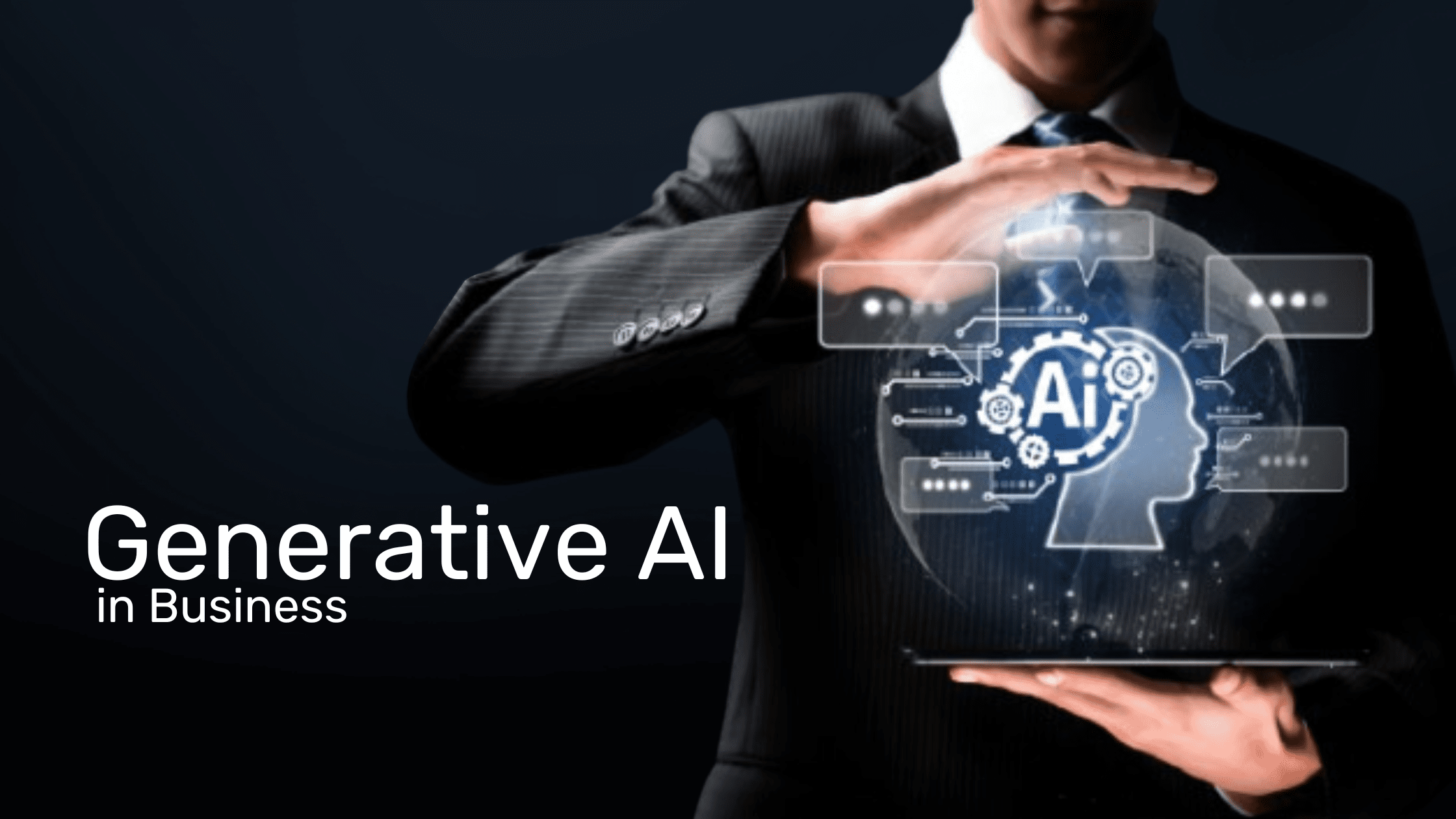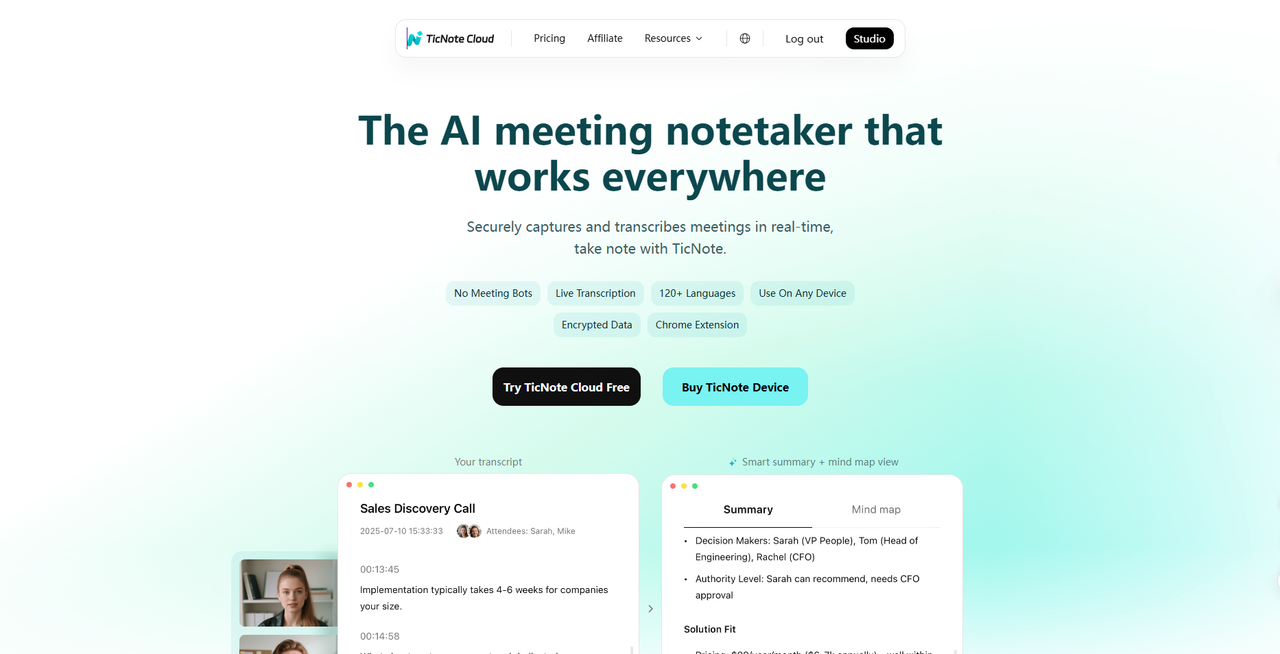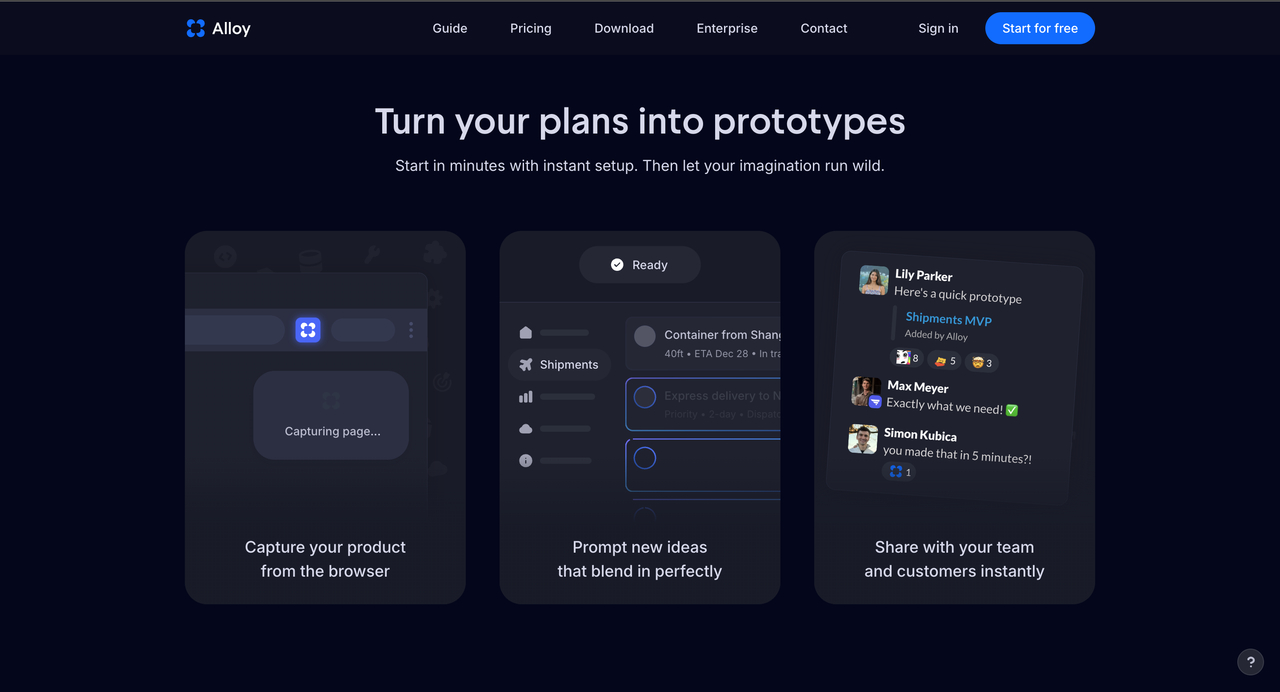Generative AI in Business: How Companies Are Transforming Operations and Driving Innovation
 Imran Khan
Imran Khan 
Generative artificial intelligence has moved far beyond the realm of experimental technology. In 2025, it has become a critical business tool that's reshaping how companies operate, innovate, and compete. From Fortune 500 corporations to scrappy startups, organizations across industries are discovering that generative AI isn't just about automation—it's about augmentation, creativity, and entirely new ways of solving business challenges.
According to a recent McKinsey Global Institute report, generative AI could add up to $4.4 trillion annually to the global economy, with the largest impact occurring in customer operations, marketing, software engineering, and research and development.
The Current State of Generative AI Adoption
Business adoption of generative AI has accelerated dramatically since 2023. IBM's latest CEO Study reveals that 75% of CEOs believe generative AI will give their company a competitive advantage, while 43% are already using it to make strategic business decisions.
The transformation is happening across multiple business functions simultaneously:
- Customer Service: AI-powered chatbots and virtual assistants are handling increasingly complex customer inquiries
- Content Marketing: Companies are using AI to generate personalized content at scale
- Software Development: Developers are leveraging AI coding assistants to accelerate product development
- Financial Analysis: AI is analyzing market trends and generating investment insights
- Human Resources: From resume screening to personalized employee training programs
Transformative Use Cases Across Industries
Retail and E-commerce
Retail giants like Walmart are experimenting with generative AI to create personalized shopping experiences. These systems analyze customer behavior patterns, purchase history, and preferences to generate tailored product recommendations and marketing content.
Fashion retailers are using AI to generate virtual models wearing their clothing, reducing photography costs by up to 90% while enabling rapid testing of new designs and colorways.
Financial Services
The financial sector has embraced generative AI for risk assessment, fraud detection, and regulatory compliance. JPMorgan Chase has deployed AI to analyze legal documents and contracts, reducing review time from hours to minutes.
Investment firms are using generative AI to create detailed market analysis reports, automatically summarizing complex financial data and generating insights that would traditionally require teams of analysts.
Healthcare and Pharmaceuticals
Healthcare organizations are leveraging generative AI for drug discovery, medical imaging analysis, and personalized treatment plans. According to Nature, AI-driven drug discovery processes are now 10x faster and cost 90% less than traditional methods.
Medical professionals are using AI to generate patient summaries, treatment recommendations, and even assist in diagnostic processes, though always under human supervision and validation.
Implementation Strategies for Business Success
Start with High-Impact, Low-Risk Applications
Successful companies don't try to revolutionize everything at once. Instead, they identify specific pain points where generative AI can provide immediate value with minimal risk. Common starting points include:
- Customer service chatbots for frequently asked questions
- Content generation for social media and marketing materials
- Email response automation and personalization
- Internal knowledge base creation and maintenance
Invest in Data Quality and Governance
The effectiveness of generative AI depends heavily on data quality. Companies that succeed invest significantly in cleaning, organizing, and securing their data before implementing AI solutions. Harvard Business Review emphasizes that poor data quality is the number one reason AI initiatives fail.
Focus on Human-AI Collaboration
The most successful implementations treat AI as an augmentation tool rather than a replacement. Companies are redesigning workflows to optimize human-AI collaboration, where AI handles routine tasks while humans focus on creative problem-solving and strategic decision-making.
Measuring ROI and Business Impact
Organizations are developing sophisticated metrics to measure the impact of generative AI investments:
- Productivity Gains: Time saved on routine tasks, measured in hours per employee per week
- Quality Improvements: Reduced error rates, improved customer satisfaction scores
- Innovation Metrics: Faster time-to-market for new products, increased patent applications
- Cost Reduction: Decreased operational expenses, reduced need for external consultants
Accenture research shows that companies in the top quartile of AI maturity are seeing 3x higher revenue growth and 2x higher profit margins compared to their peers.
Overcoming Implementation Challenges
Skills Gap and Training
The biggest challenge facing organizations isn't technology—it's talent. Companies are investing heavily in upskilling existing employees and partnering with educational institutions to develop AI literacy programs.
Integration Complexity
Integrating generative AI with existing systems and workflows requires careful planning. Successful companies adopt a phased approach, starting with pilot programs and gradually scaling successful implementations.
Ethical and Regulatory Considerations
As regulatory frameworks evolve, companies must balance innovation with compliance. The EU's AI Act and similar regulations worldwide are shaping how businesses implement AI responsibly.
Future Trends and Predictions
Looking ahead, several trends are shaping the future of generative AI in business:
- Industry-Specific AI Models: Custom AI trained on industry-specific data for more accurate and relevant outputs
- Real-Time Decision Making: AI systems that can make autonomous decisions within predefined parameters
- Multimodal AI: Systems that can process and generate text, images, audio, and video simultaneously
- Federated Learning: AI that can learn from multiple data sources without compromising privacy
MIT Technology Review predicts that by 2027, generative AI will be deeply integrated into virtually every business process, fundamentally changing how work gets done.
Getting Started: A Practical Roadmap
For businesses ready to embrace generative AI, here's a practical roadmap:
- Assess Your Current State: Identify processes that could benefit from AI augmentation
- Start Small: Choose one or two pilot projects with clear success metrics
- Invest in Infrastructure: Ensure you have the data infrastructure and security measures needed
- Train Your Team: Develop AI literacy across your organization
- Measure and Iterate: Continuously assess performance and refine your approach
- Scale Gradually: Expand successful pilots to other areas of the business
Conclusion
Generative AI represents more than just a technological upgrade—it's a fundamental shift in how businesses operate and compete. Companies that approach AI strategically, with proper planning and realistic expectations, are already seeing significant returns on their investments.
The key to success isn't just adopting the latest AI tools, but thoughtfully integrating them into your business processes in ways that enhance human capabilities and drive measurable value. As we move further into 2025, the question isn't whether your business should adopt generative AI, but how quickly you can do so while maintaining quality, security, and ethical standards.
The businesses that thrive in the age of AI will be those that view it not as a replacement for human intelligence, but as a powerful amplifier of human creativity, productivity, and innovation.
Featured Tools

TicNote Cloud
From real-time meeting transcription to multilingual summaries and knowledge insights, our AI note taker helps you organize, share, and never miss what matters.

Alloy
Alloy AI Prototyping

Scop.ai
Create, share and discover professional AI system prompts. Build better AI interactions with our collaborative prompt library and management tools.